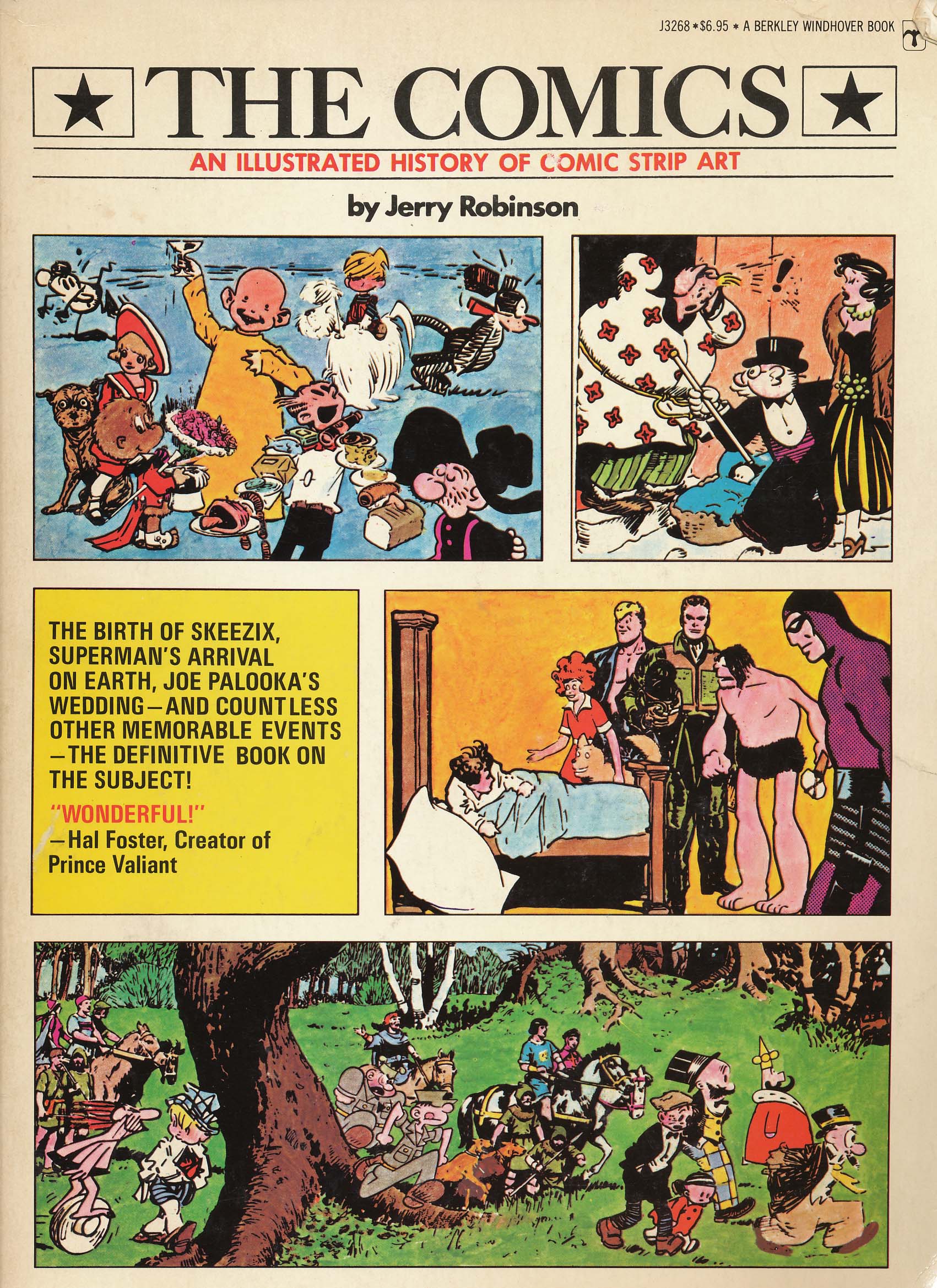
Creative Ways to Show Investment Growth: Beyond Charts and Numbers
In the world of investments, numbers often reign supreme. Quarterly reports, annual returns, and percentage gains are the standard fare for communicating financial performance. However, these traditional methods can sometimes feel dry, impersonal, and fail to truly capture the story of investment growth, especially for those less familiar with financial jargon. To truly resonate with investors and stakeholders, it’s essential to explore creative and engaging ways to showcase the tangible impact of their investments.
Why Creativity Matters in Communicating Investment Growth
Before diving into specific methods, let’s understand why a creative approach is so important:
- Enhanced Understanding: Visuals, stories, and interactive elements can make complex financial information more accessible and understandable, particularly for novice investors or those who prefer non-numerical communication.
- Emotional Connection: Investments aren’t just about numbers; they’re about achieving goals, realizing dreams, and securing the future. Creative storytelling can forge an emotional connection between investors and the impact of their investments.
- Increased Engagement: Traditional reports can be easily overlooked. Creative presentations, on the other hand, are more likely to capture attention and encourage active engagement with the information.
- Differentiation: In a competitive investment landscape, standing out is crucial. Creative communication can set you apart and demonstrate a commitment to transparency and investor satisfaction.
- Building Trust: By showing the human side of investments and focusing on tangible outcomes, you can build trust and strengthen relationships with your investors.
Creative Methods to Showcase Investment Growth
Here are some innovative ways to demonstrate investment growth, moving beyond conventional charts and figures:
-
Infographics: Visualizing the Data
- Concept: Transform raw data into visually appealing and easily digestible infographics.
- Implementation:
- Use charts, graphs, and icons to represent key metrics like return on investment, portfolio diversification, and risk assessment.
- Incorporate a color scheme that aligns with your brand and enhances readability.
- Focus on presenting data in a clear, concise, and engaging manner.
- Create infographics that highlight the specific sectors or industries where the investment has grown.
- Example: Instead of a table showing annual returns, create an infographic that illustrates the growth of a $10,000 investment over a 10-year period, comparing it to other investment options.
-
Storytelling: The Human Element
- Concept: Craft narratives that illustrate the impact of investments on real people or projects.
- Implementation:
- Share success stories of individuals or communities who have benefited from the investment.
- Create case studies that highlight the positive outcomes of specific investment decisions.
- Use quotes and testimonials from beneficiaries to add a personal touch.
- Example: If investing in renewable energy, tell the story of a community that now has access to clean, affordable power thanks to the investment.
-
Interactive Dashboards: Personalized Insights
- Concept: Develop interactive dashboards that allow investors to explore their portfolio performance in detail.
- Implementation:
- Provide customizable views of portfolio allocation, returns, and risk metrics.
- Incorporate interactive charts and graphs that allow investors to drill down into specific data points.
- Include personalized insights and recommendations based on individual investment goals.
- Example: An investor can use the dashboard to see how their portfolio performed in different market conditions, or to compare their returns to a benchmark index.
-
Video Content: Engaging and Dynamic
- Concept: Create videos that showcase investment growth in a visually appealing and engaging format.
- Implementation:
- Produce short, informative videos that explain key investment concepts and performance metrics.
- Create animated videos that illustrate the growth of an investment portfolio over time.
- Share interviews with fund managers or industry experts to provide insights and perspectives.
- Example: A video can visually demonstrate how investing in a sustainable agriculture fund has contributed to environmental conservation and community development.
-
Virtual Reality (VR) and Augmented Reality (AR): Immersive Experiences
- Concept: Use VR and AR technologies to create immersive experiences that bring investments to life.
- Implementation:
- Create virtual tours of properties or projects that have been funded by the investment.
- Develop AR applications that overlay investment data onto real-world objects.
- Offer interactive simulations that allow investors to experience the potential impact of their investments.
- Example: An investor can use a VR headset to virtually visit a solar farm that their investment has helped to build, seeing firsthand the clean energy being generated.
-
Gamification: Making Finance Fun
- Concept: Introduce game-like elements into the investment communication process to make it more engaging and enjoyable.
- Implementation:
- Create quizzes or challenges that test investors’ knowledge of financial concepts.
- Award points or badges for achieving certain investment milestones.
- Develop interactive simulations that allow investors to experiment with different investment strategies.
- Example: Investors can earn points for diversifying their portfolio or for achieving a certain return on investment, encouraging them to make informed decisions.
-
Comparative Benchmarking: Showing Relative Performance
- Concept: Present investment growth in comparison to relevant benchmarks or competitors.
- Implementation:
- Show how the investment has outperformed a specific market index (e.g., S&P 500).
- Compare the investment’s returns to those of similar investment products.
- Use charts and graphs to visually represent the comparative performance.
- Example: Illustrate how a real estate investment trust (REIT) has generated higher returns than the average REIT over a five-year period.
-
Impact Reports: Highlighting Social and Environmental Returns
- Concept: For socially responsible investments, create impact reports that showcase the positive social and environmental outcomes.
- Implementation:
- Quantify the social and environmental impact of the investment (e.g., number of trees planted, reduction in carbon emissions).
- Share stories of individuals or communities who have benefited from the investment.
- Use visuals to illustrate the positive impact of the investment on the environment and society.
- Example: An impact report for a microfinance investment can highlight the number of small businesses that have been created and the number of families that have been lifted out of poverty.
-
Personalized Reports: Tailoring Information to Individual Investors
- Concept: Create personalized reports that are tailored to each investor’s specific goals, risk tolerance, and investment preferences.
- Implementation:
- Include information that is relevant to the investor’s individual circumstances.
- Use language and visuals that are appropriate for the investor’s level of financial literacy.
- Provide personalized insights and recommendations based on the investor’s unique situation.
- Example: A personalized report for a retiree can focus on income generation and capital preservation, while a report for a young investor can focus on long-term growth.
Considerations for Implementation
- Know Your Audience: Tailor your creative approach to the preferences and understanding of your target audience.
- Maintain Accuracy: While creativity is essential, ensure that all information is accurate and transparent.
- Compliance: Be mindful of regulatory requirements and ensure that your communications are compliant with relevant laws and guidelines.
- Feedback: Seek feedback from investors on your creative communication methods to continuously improve and refine your approach.
- Balance: Strive for a balance between creativity and clarity. The goal is to enhance understanding, not to obscure information.
Conclusion
In today’s dynamic investment landscape, creativity is a powerful tool for communicating investment growth. By moving beyond traditional charts and numbers and embracing innovative methods like storytelling, infographics, interactive dashboards, and VR experiences, you can create a more engaging, informative, and impactful experience for your investors. This, in turn, can build trust, strengthen relationships, and foster long-term investment success.



